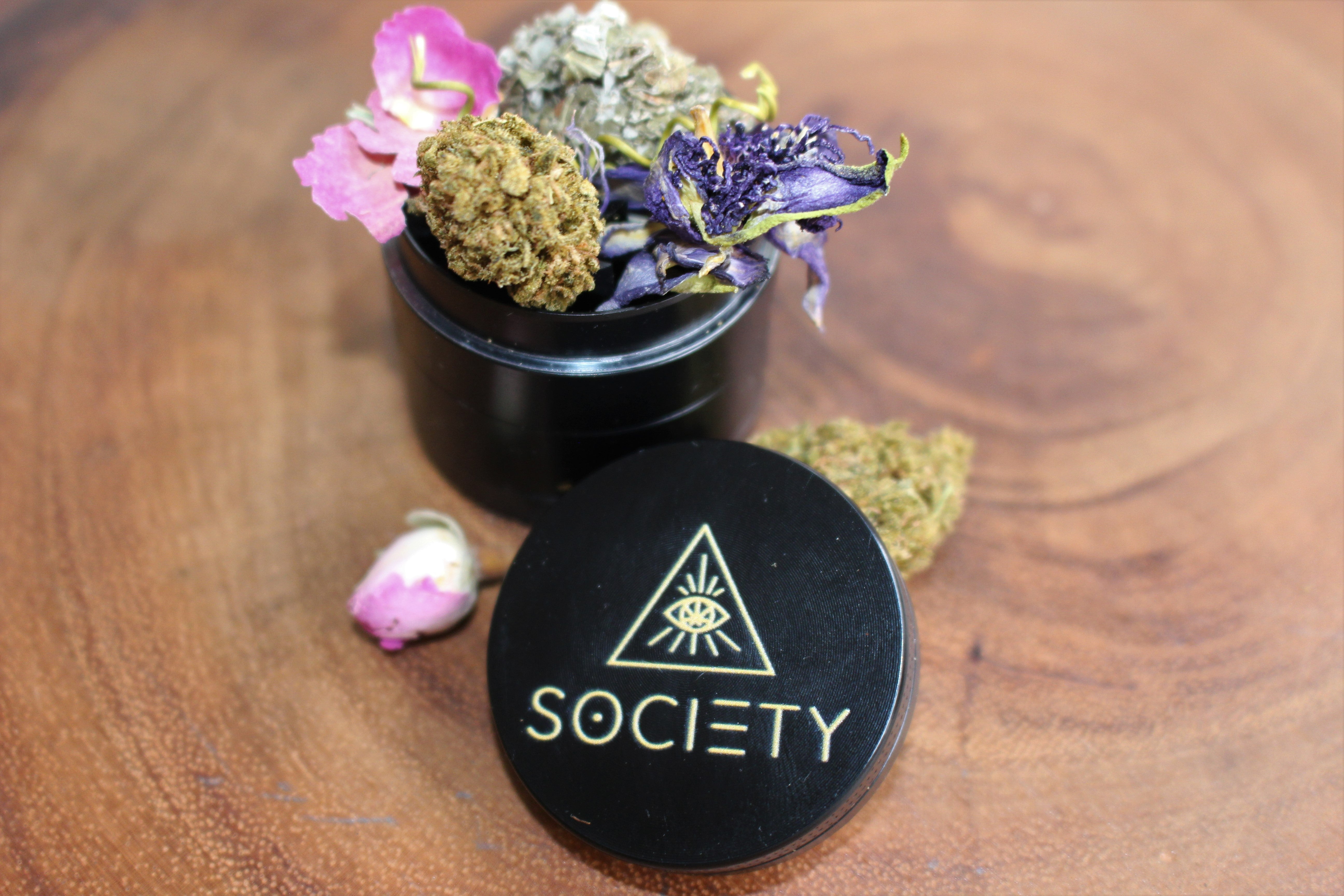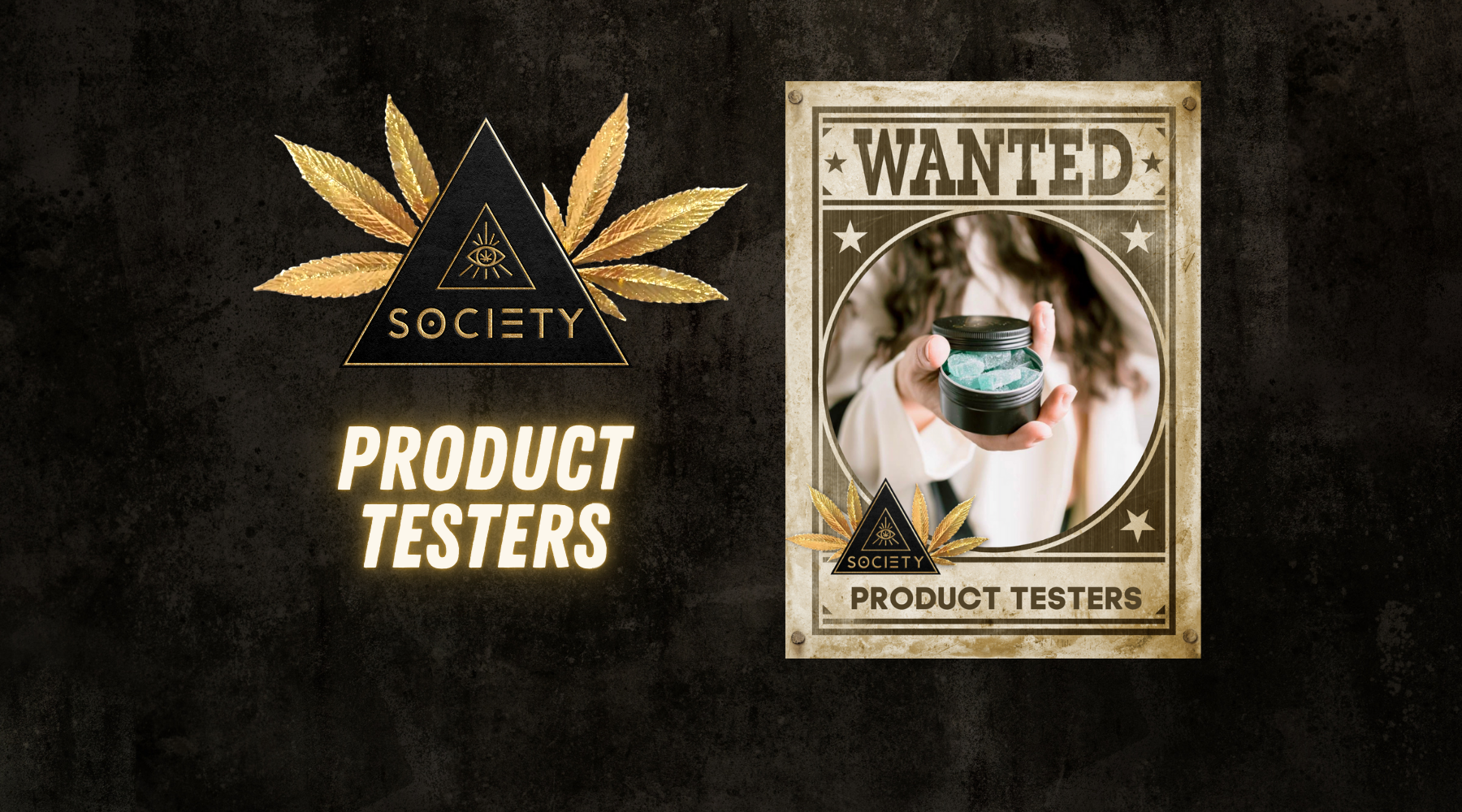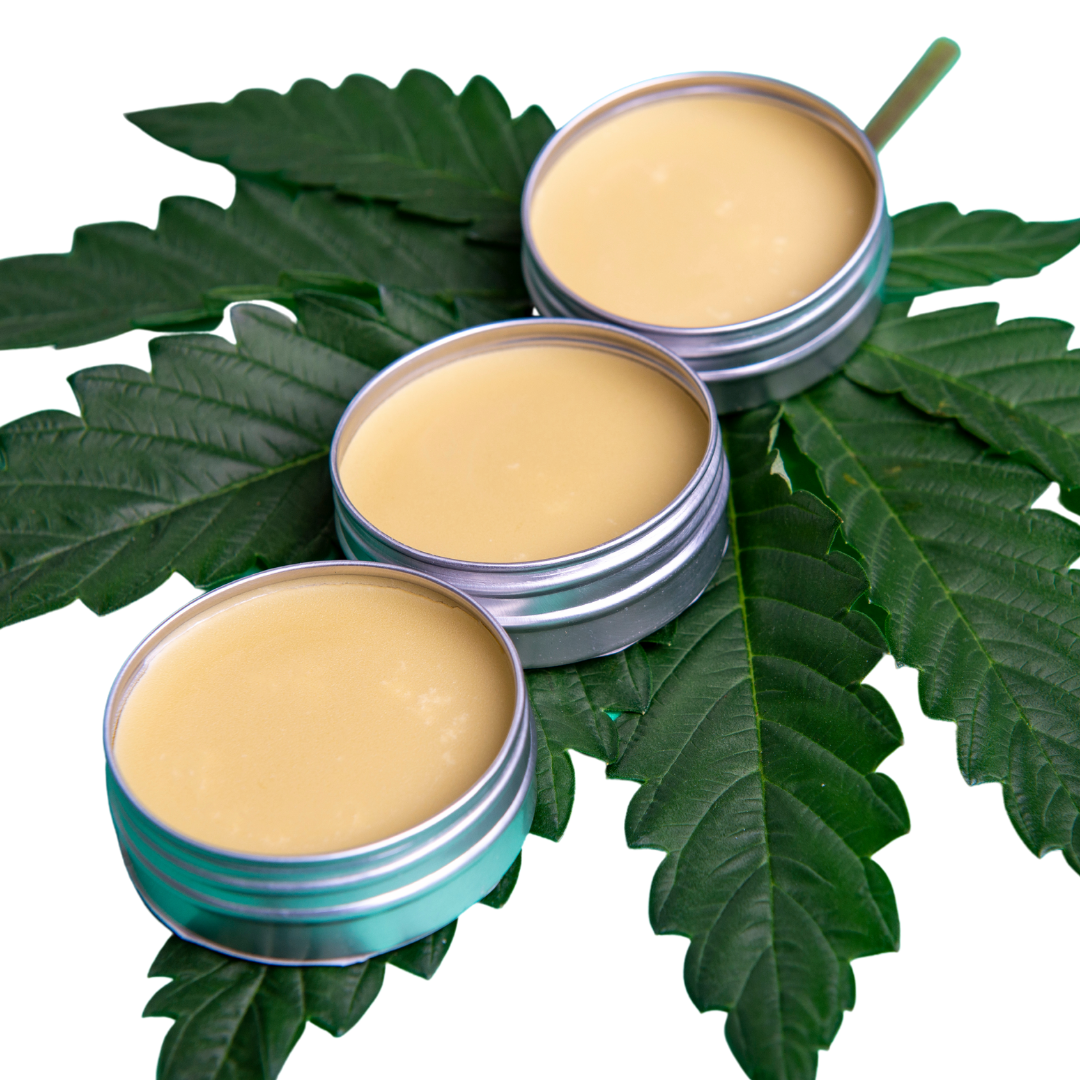
Pairing Cannabis with Smokable Herbs.
So, how exactly do you construct an herbal smoking blend?
A cohesive blend of herbs that are perfect for those afternoon toke sessions consist of three herbal categories: the base, the modifiers and then the flavor amendments. The base of your blend is typically a mild herb that carries the more potent herbs, it makes up the bulk of your blend. The middle layer is your “modifiers”, while they are considered the 2nd layer, it is actually a good idea to consider your modifiers first as they are the ones that create the effect you are desiring from your smoke. We’ll go over some ideas for these herbs in just a blip, so stick with us. Lastly, is your favorite flavor profile, these include aromatic herbs that will make up the smallest ratio of your blend.
Ok! I kinda got it, but where do I go from there?
Let’s actually start from the inside out! What do you want to feel when you smoke your blend? Here are some ideas of modifiers based on the most popular desired effects..
Relaxed and less anxiety plagued:
CBD flower: Depending on the strain you choose, CBD flower from hemp plants feeds your endocannabinoid system, often resulting in less anxiety and an overall sense of well-being. Our favorite strain for this specific purpose is the Boax Spectrum strain.
While we love selling our flower in tender, lush buds we have just debuted our Ready to Roll product which is ready to smoke when you are. This pre-ground flower is perfect to use when creating your own smokable herbal blends!

Passionflower: Native to the southeastern US and commonly used by Indigenous as a sedative & painkiller, The Iroquois tribes actually crushed the fruit to concoct a “social drink”. Herbalist describe it as a plant that’ll lessen social anxiety and decrease circular thoughts.
Sleepy & Euphoric
Mugwort: This magical herb is native to Europe and has been said to help reveal and even alter areas of psychic unconsciousness. It inspires vivid and lucid dreams and is utilized by practitioners that heal through dream work.
Wild Dagga: Commonly referred to as ‘wild cannabis’ and native to South Africa, this herb creates a heady-high with mild feeling of euphoria and even some psychoactive benefits.
Now, let’s choose a base!
These are three common base ideas: damiana, mullein and red raspberry leaf. These herbs are a bit fluffy and can cradle your other herbs into a nice blend. Get creative and combine a couple of these options to create a premium blend; mullein and raspberry leaf are great together.
Damiana: Used by the Indigenous peoples of Central & South America for centuries, this herb has been described as a cannabis substitute. It was traditionally used for a broad range of sexual issues however currently it is recommended for deep relaxation and even a bit of euphoria.
Mullein: A favorite among herbalist, mullein herb is native to North America and has been traditionally made into a “milk” by Native tribes to help with respiratory conditions. This herb can add moisture to the lungs and increase the bioavailability of the herbs in your creation.
Red Raspberry Leaf: Historically, raspberry leaf herbal cigarettes were introduced by the Native American women who smoked them in ceremonies. In fact, there is historical account that the first idea for cigarettes came from herbal cigarettes that were wrapped in red raspberry leaves.

Lastly, it's time to throw some aromatics in there to amp up the flavor profile.
Aromatic herbs are ideal to add flavor to your blend. While this can be just for preference these herbs can also enhance the medicinal properties. For example, peppermint can decrease nausea and can be used in addition to cannabis and lavender decreases stress & anxiety. Others include..
Cloves: These flower buds are Native to Indonesia, and contain a potent chemical called eugenol. Many scientists believe that eugenol reduces pain and inflammation. These herbs can cause the mouth and throat to become quite numb. They reduce stress, nervous system issues, and may even kill bacteria.
Mints: This includes spearmint & peppermint, and are one of the most common flavor additions to herbal blends. Roughly 40% of your smoking mixture can consist of mint. Mint smoke opens airways, making it easier for smokers to catch a breath. It also increases blood flow and relaxes the nervous system.
Rose petals: Adding a sweet floral taste, rose petals are considered an aphrodisiac and heart opener. Elevating the mood of the smoker and aiding in digestion. Pro-tip: do not add more than 20% to your blend to prevent your smoke from tasting like a bouquet.

FDA DISCLAIMER
The statements made regarding these products have not been evaluated by the Food and Drug Administration. The efficacy of these products has not been confirmed by FDA-approved research. These products are not intended to diagnose, treat, cure, or prevent any disease.
All information presented here is not meant as a substitute for or alternative to information from health care practitioners. Please consult your health care professional about potential interactions or other possible complications before using any product. The Federal Food, Drug, and Cosmetic Act requires this notice.
*These statements have not been evaluated by the Food and Drug Administration. This product is not intended to diagnose, treat, cure or prevent any disease.



Leave a comment
This site is protected by hCaptcha and the hCaptcha Privacy Policy and Terms of Service apply.